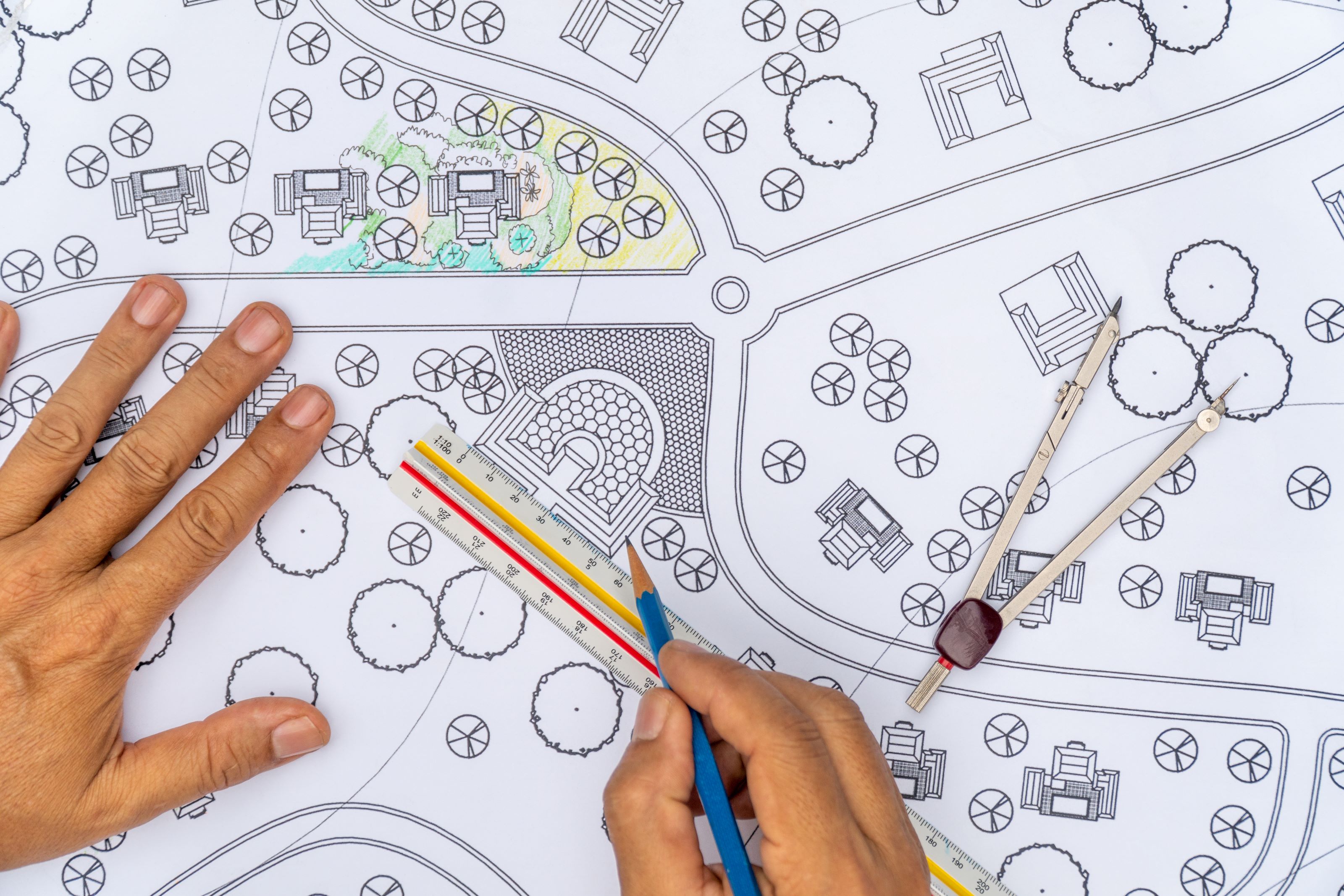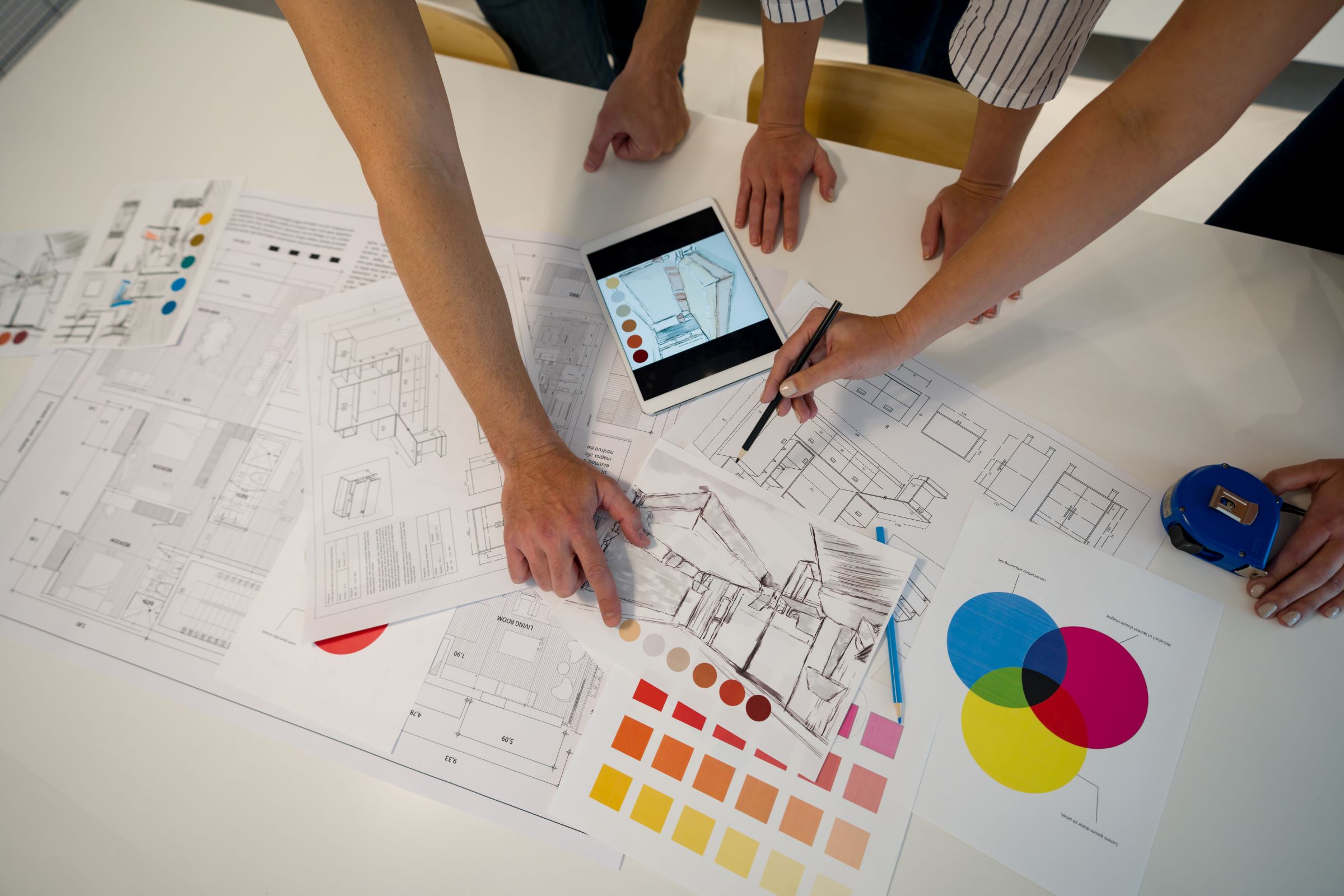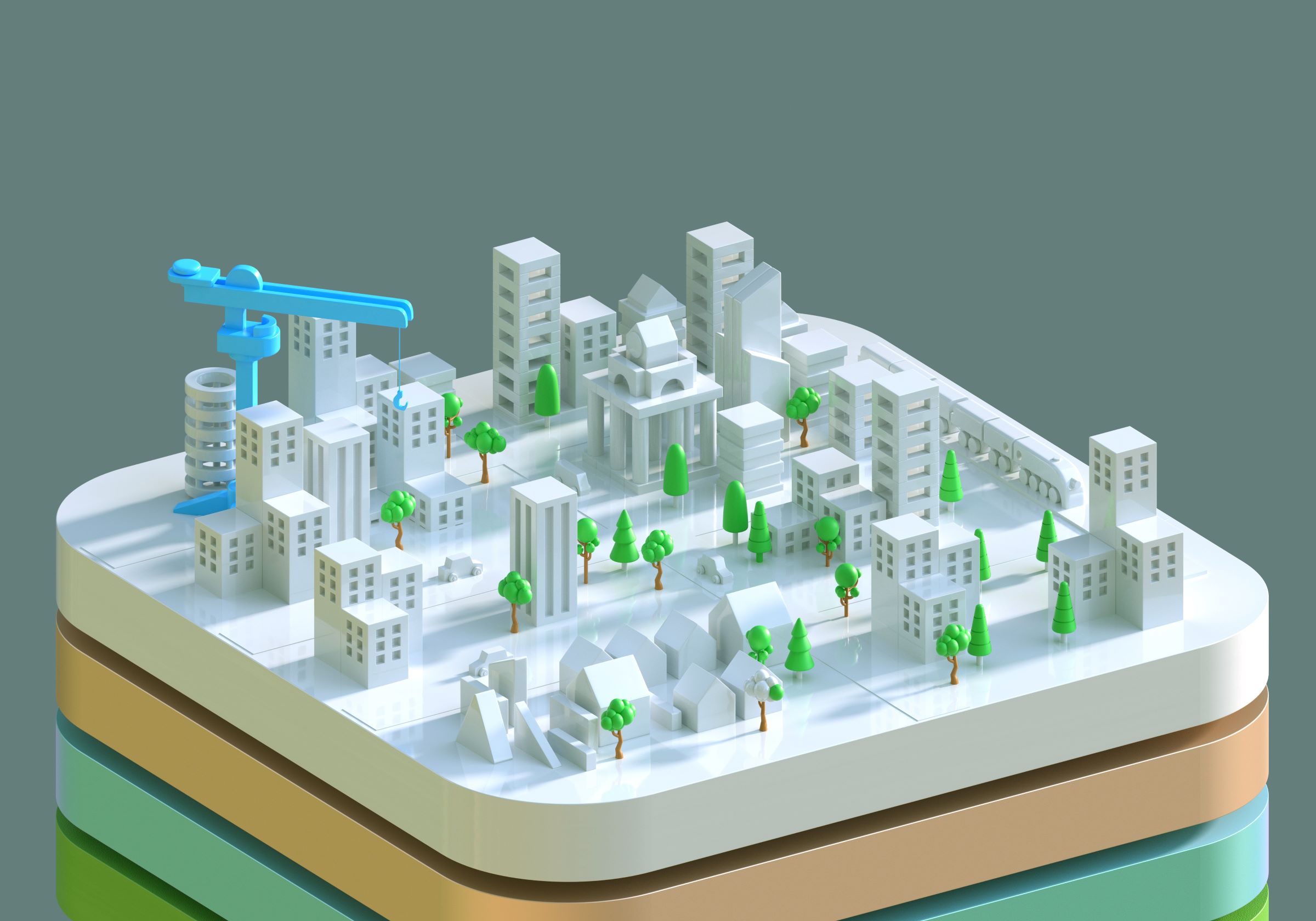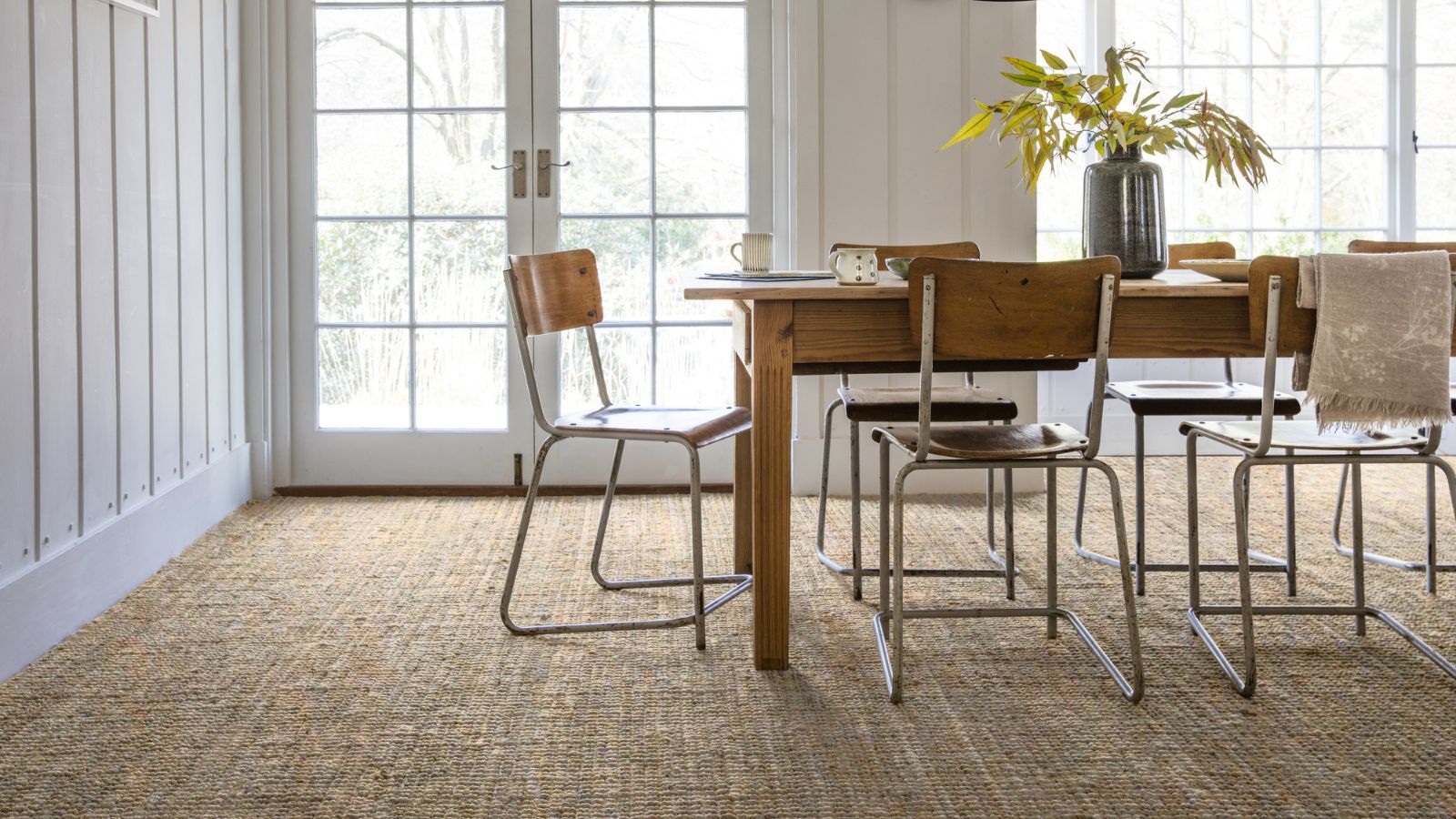What are the new design codes for planning applications? We explain all
Design codes were announced as part of the government's Levelling Up Act, which will be required by all local authorities moving forward. We discuss what this mean for planning applications and those looking to build their own homes

Each local council will now need to adopt a "design code" to help guide them in deciding on planning applications.
Design codes are being rolled out across council planning departments as part of the recently passed Levelling Up and Regeneration Act. They are designed to put more focus on improving the quality of building design when it comes to decisions regarding planning approvals.
These 'codes' therefore could well have an impact on those looking at gaining planning permission. Here we explain what you need to know, including how these may affect your future projects.
What are design codes?
Design codes will either be integrated into the local plans each council is required to have, which are the main planning policies that apply in their area. Or they can prepare them as supplementary planning documents. This means that the design codes, which outline specific design criteria and guidelines for development, will be material considerations when it comes to deciding on planning applications.
Essentially, these codes will become a vital part of the formal planning framework that authorities use to make decisions about land use and development in their jurisdiction.
Section 15F of the Levelling Up Act states that each local planning authority must have a design code, but that it doesn’t necessarily have to every type of development or every aspect of design.
So your project might not be affected, but it won’t necessarily be a straightforward process to find out if it is. It will probably be best to seek advice from a professional planning consultant, as they will be used to looking at policy documents like these.
Bring your dream home to life with expert advice, how to guides and design inspiration. Sign up for our newsletter and get two free tickets to a Homebuilding & Renovating Show near you.
These design codes will encompass the existing National Model Design Code (NMDC), which sets clear design parameters to help local authorities and communities decide what good quality design looks like in their area.
Why are design codes being introduced?
The aim is to reinforce the government's national desire to emphasise the importance of design in planning decisions.
The Local Government Association (LGA) stated: "We support the principle of local design codes, which will further empower communities to have input into the design and shape the area in which they live.”
Vicky Payne, Strategy Research and Engagement Lead at the Quality of Life Foundation and Chair of the Royal Town Planning Institute RTPI’s Urban Design Network, also stated: "This approach has potential to speed up decision making and provide greater certainty in the planning process."

Will every council have to produce a design code?
Local communities will be able produce more detailed local area design codes that are specific to their neighbourhoods, or even certain sites only.
Local authorities will establish general rules for design codes in a broad area, categorising them based on types and determining rules for factors like density, height, and block typology.
This forms a framework for more detailed rules at a specific site level.
Can more localised design codes be produced?
Yes, local communities will be able produce more detailed local area design codes that are specific to certain sites only.
Local authorities will establish general rules for design codes in a broad area, categorising it based on types and determining rules for factors like density, height, and block typology.
This forms a framework for more detailed rules at a specific site level, such as for supporting a development application.

When will these design codes be put in place?
At present there is no fixed timetable for when all these design codes will be introduced.
However, the government are currently working with 39 Local Planning Authorities (LPAs) to pilot the delivery of design codes and will share these templates with other local authorities.
Existing timetables, such as the introduction of new Biodiversity Net Gain requirements in 2024, will not be affected by design codes.

News Editor Joseph has previously written for Today’s Media and Chambers & Partners, focusing on news for conveyancers and industry professionals. Joseph has just started his own self build project, building his own home on his family’s farm with planning permission for a timber frame, three-bedroom house in a one-acre field. The foundation work has already begun and he hopes to have the home built in the next year. Prior to this he renovated his family's home as well as doing several DIY projects, including installing a shower, building sheds, and livestock fences and shelters for the farm’s animals. Outside of homebuilding, Joseph loves rugby and has written for Rugby World, the world’s largest rugby magazine.
